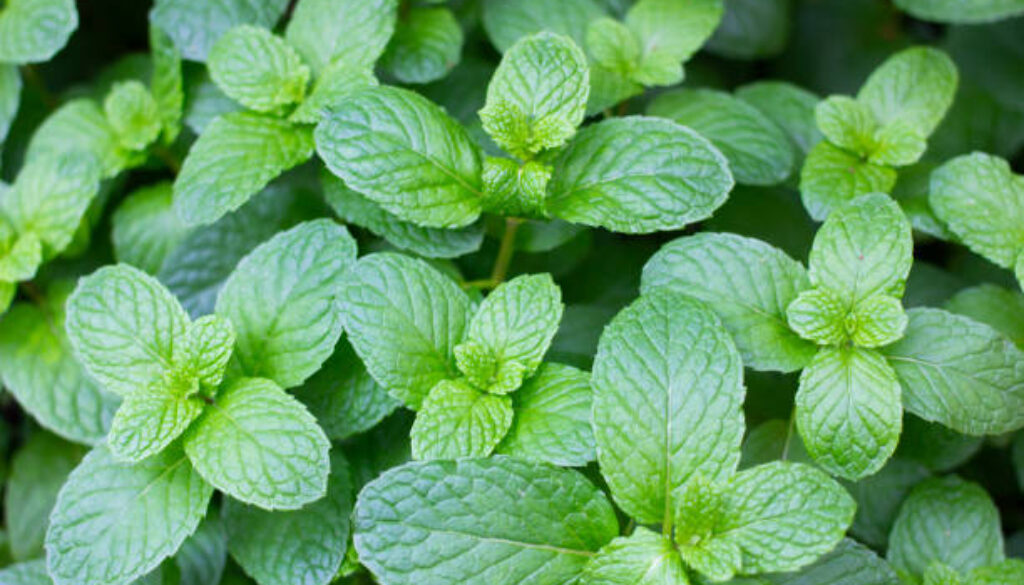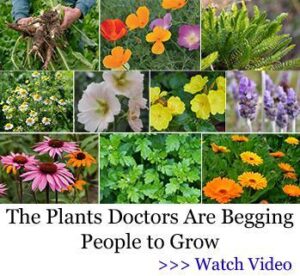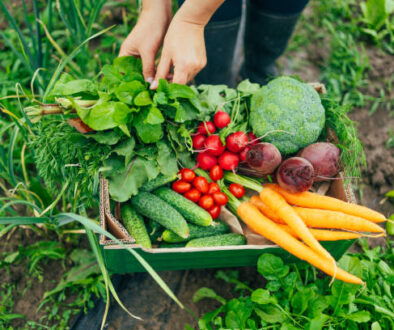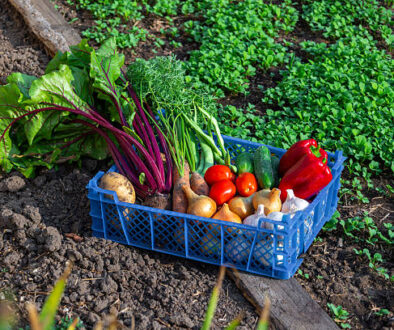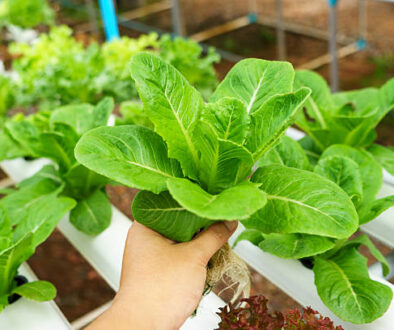The 10 Medicinal Plants You Must Have in Your Backyard
This post may contain paid and/or affiliate links. I may earn a small commission at no extra cost to you.
Imagine stepping into your backyard and finding relief for common aches and discomforts right at your fingertips.
With a medical garden, you can grow natural remedies that support your health in simple and effective ways.
A small healing herbs garden isn’t just beautiful, but it’s practical, too.
By choosing the right medicinal plants, you’ll always have easy access to nature’s best tools for wellness.
Whether you dream of a thriving herbal medicine garden or a peaceful medicinal herbs garden, you don’t need much space to get started at all.
Now, let’s talk about the ten powerful plants every home should have.
Why Grow a Medicinal Herb Garden?
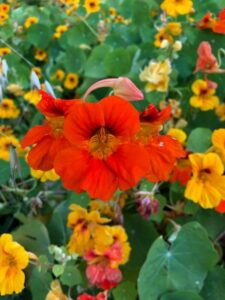
Growing your own medicinal herb garden gives you more than fresh greenery; it gives you a natural first-aid kit at home.
Instead of running to the store for every little thing, you can walk outside and grab what you need.
From soothing teas to calming balms, these plants bring simple, everyday solutions for you and your family.
And, tending to your garden keeps you active and connected to nature, which is its own form of healing.
Related:
- How to Start a Medical Garden at Home for Natural Healing (Step-by-Step) Guide For Beginners
- 15 Must-Have Herbs for Your Medical Garden and How to Grow Them Very Quickly And Effectively
- The Main Benefits of Having a Medicine Garden in Your Backyard
Top 10 Medicinal Plants You Should Grow
1. Aloe Vera
Aloe vera is a must-have because it works like a natural healer for burns, cuts, and dry skin.
Snap off a leaf, and you’ll find the gel inside ready to soothe irritation.
Many people also use it for homemade lotions or to calm sunburn after a long day outdoors.
It grows easily in pots or directly in the ground, making it perfect for beginners.
2. Peppermint
Peppermint is well-known for its fresh taste, but it also helps with digestion and headaches.
A cup of peppermint tea can ease stomach discomfort, while inhaling its aroma may relieve stress.
This plant spreads quickly, so it’s best to grow it in containers to keep it under control.
3. Chamomile
Chamomile is the bedtime buddy you’ll be glad to have.
Its small, daisy-like flowers are brewed into tea to calm nerves and promote better sleep.
You can also use it to soothe an upset stomach.
Growing chamomile adds charm to your herbal medicine garden, and it thrives in sunny spots with well-drained soil.
4. Lavender
Lavender brings more than fragrance to your backyard.
Its calming scent eases stress, helps with sleep, and can even keep bugs away.
Dried lavender makes great sachets for drawers, while the oil works wonders for relaxation.
Plant it where it gets full sun, and enjoy both its beauty and its benefits.
5. Echinacea
Echinacea is a strong immune booster, often used to help fight colds and infections.
Its bright, cone-shaped flowers also add a splash of color to your medicinal herbs garden.
Whether you use it in teas or tinctures, echinacea is one of those healing plants you’ll want to keep handy year-round.
6. Ginger
Fresh ginger is a powerhouse for digestion, nausea, and inflammation.
It’s especially useful for soothing sore throats or easing morning sickness.
Growing ginger takes patience because it loves warm, humid conditions, but once it thrives, you’ll always have a fresh supply for teas and recipes.
7. Turmeric
Turmeric is well-known for its anti-inflammatory benefits and its role in boosting immunity.
Many people use it in teas, golden milk, or as a cooking spice.
With its bright yellow roots, turmeric adds both health and color to your healing herbs garden.
It prefers warm climates and lots of sunlight.
8. Basil
Basil isn’t just for cooking. It’s a natural stress reliever and works well for easing mild respiratory issues.
Holy basil, in particular, has been used in traditional remedies for centuries.
Grow it in containers or garden beds, and enjoy its dual role as a kitchen staple and a healing plant.
9. Thyme
Thyme is a small but mighty herb with antibacterial properties.
It’s great for coughs, sore throats, and even as a natural cleaner around the house.
Add fresh thyme to teas or soups to support your immune system.
It thrives in sunny areas and doesn’t need much fuss to grow.
10. Calendula
Calendula is often used in skin care for its ability to calm rashes, cuts, and irritation.
Its bright orange flowers bring cheer to any herbal medicine garden, and they’re easy to dry for later use.
From homemade salves to teas, calendula is one of the most versatile plants to keep in your backyard.
Building Your Herbal Medicine Garden
Creating your own herbal medicine garden doesn’t have to be complicated.
Start with a few easy-to-grow plants like aloe vera, peppermint, and chamomile.
Choose a sunny spot with well-drained soil, or set up pots if space is tight.
Over time, you can add more healing plants to expand your collection.
The key is to grow what you’ll actually use, so your garden stays practical and rewarding.
Conclusion
A backyard filled with medicinal plants isn’t just about gardening; it’s about taking charge of your health in a simple, natural way.
From soothing burns with aloe to easing stress with lavender, these plants give you easy remedies right outside your door.
With a little care and attention, your healing herb garden can become one of the most valuable spots at home.
FAQs
- How do I start a medicinal herbs garden if I have limited space?
You can start small with pots or containers on a balcony or windowsill. Choose versatile plants like peppermint, basil, and aloe vera that grow well in limited space. - Which medicinal plants are the easiest for beginners?
Aloe vera, peppermint, and chamomile are very beginner-friendly. They don’t need much care and offer quick, useful benefits for everyday needs. - Can I grow these healing plants indoors?
Yes, many of them grow well indoors as long as they get enough light. Aloe vera, basil, and peppermint do especially well in sunny windows. - Do I need special soil for a medicinal plants garden?
Not really. Most of these herbs grow fine in regular, well-drained garden soil. Just make sure the plants get enough sunlight and water, and they’ll thrive.
